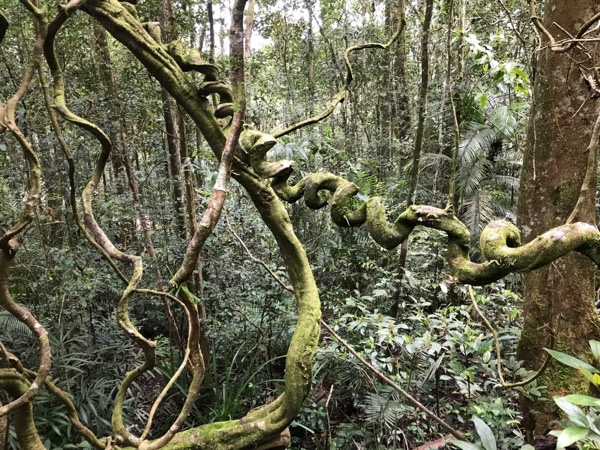
The Trilobite Beetles here were significantly more colorful than the drab lowland ones. Score a point for the highlands!
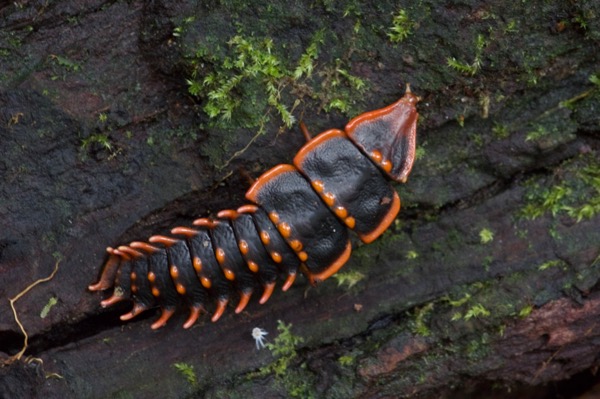
The weird katydids came in bright red. Another point!
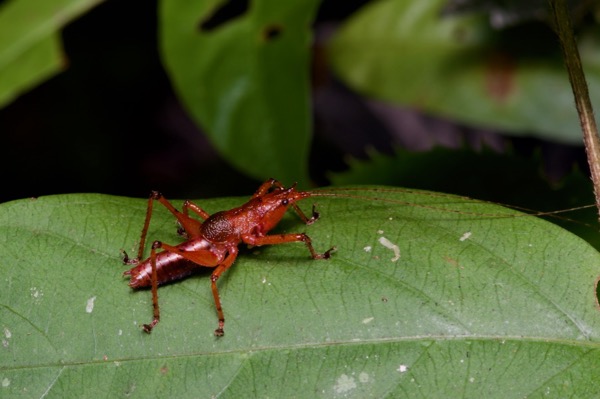
Even the tree snails were crazy bright. Another point! (To be fair, this would be basically invisible if it were on a leaf instead of a corroded metal railing. But the highlands still want the point.)
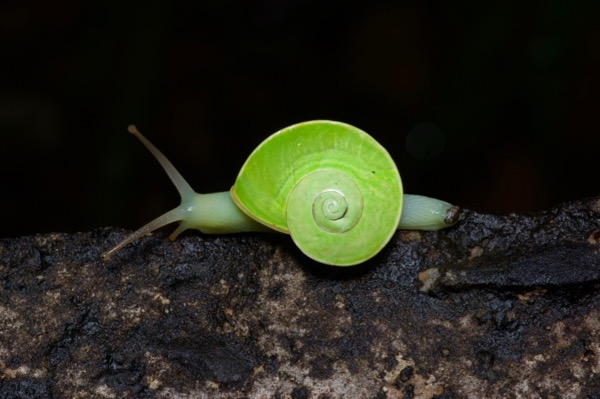
Uh oh, this emerging cicada is a little less beautiful than the one from the lowlands. Score a point for the lowlands!
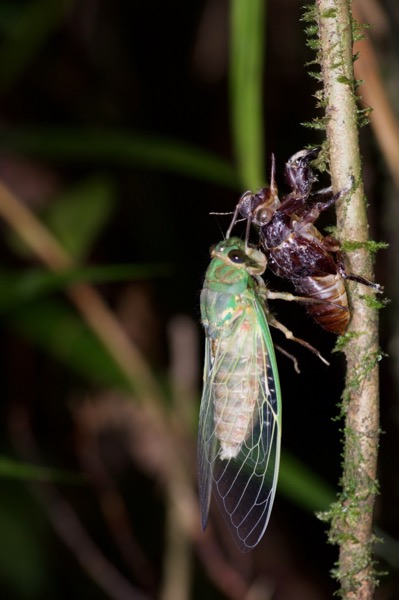
We got glimpses of a few tarantulas in the highlands, hiding in their little tarantula holes as they are wont to do. But then we found this one just sitting out on a leaf in plain sight. It doesn't seem very wise to me, but I guess the tarantula has gotten this big and fat making its own decisions, so it probably doesn't care what I think.
I didn't see any tarantulas in the lowlands, so this is another point for the highlands.
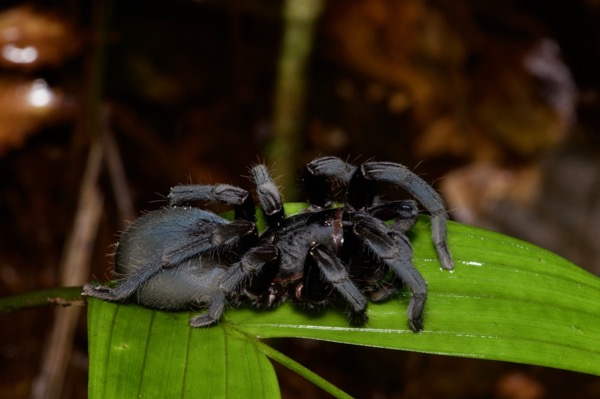
The highland phasmids were neither more nor less weird than the lowland phasmids, since all phasmids are inherently weird and wonderful.
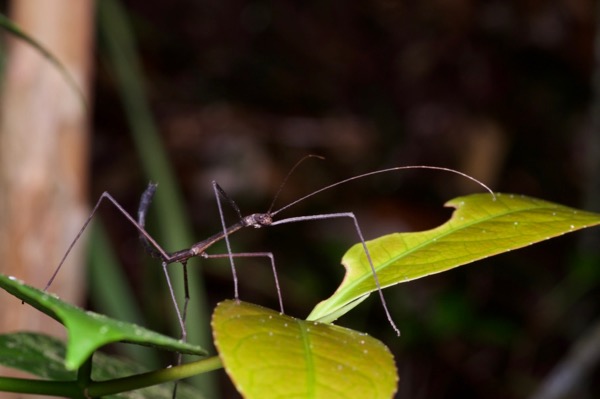
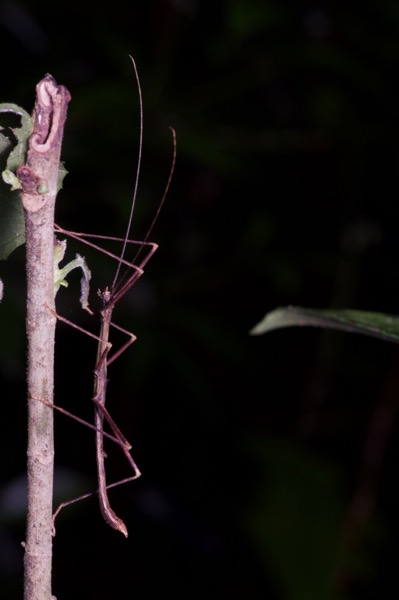
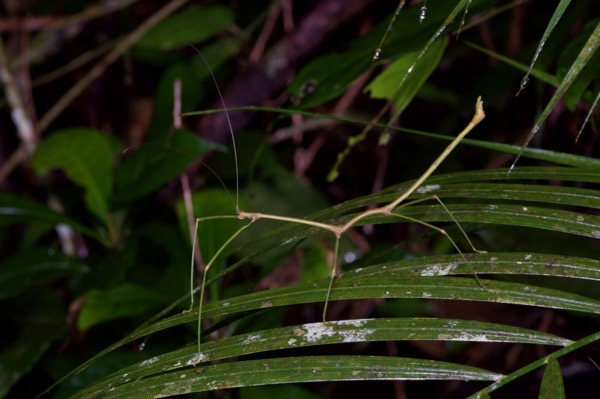
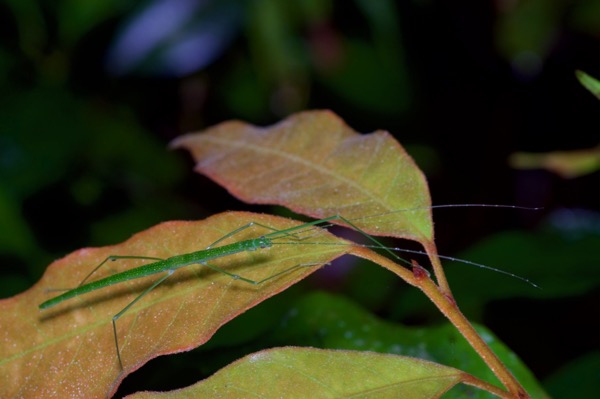
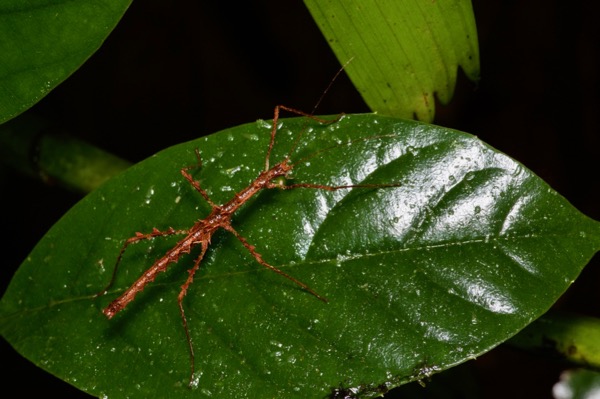
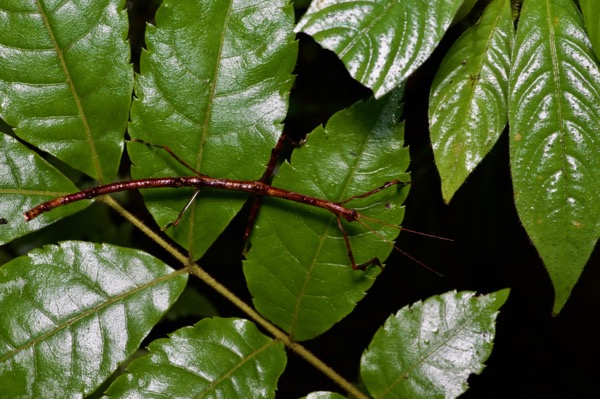
On our first night in the highlands, a steady rain delayed our hike, but after waiting for about an hour we could wait no longer. Everything was cold and wet and I was worried that we wouldn't see much. Fortunately some of the more interesting local frogs like it cold and wet, and we saw many of them. The most common species was this cute little cousin of our old friend Megophrys nasuta. We saw at least a dozen of these Megophrys baluensis in a couple of hours. These were formerly considered not good enough to share Megophrys with the "real" horned frogs, and were relegated to Xenophrys. But they have since graduated!
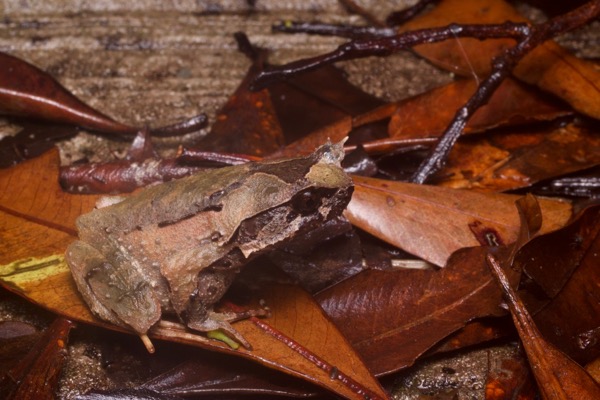
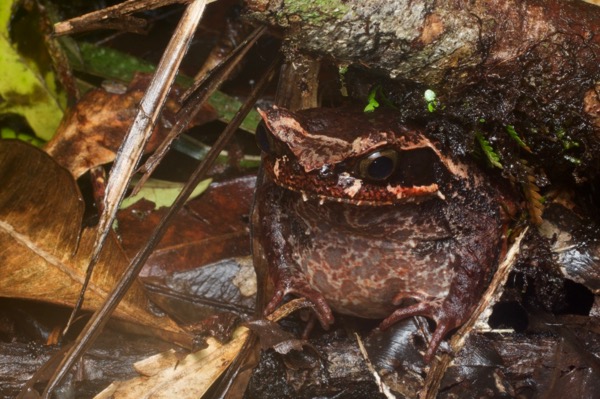
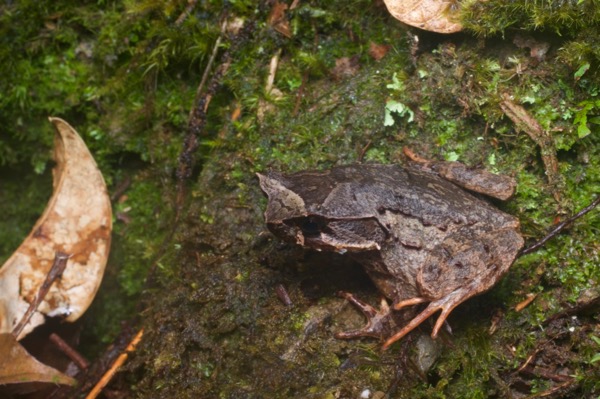
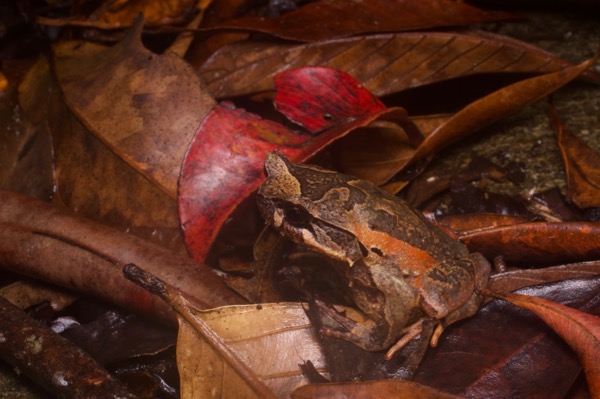
Mixed in with all the little horned frogs were a couple of individuals of a much larger species, Megophrys kobayashii. Nobody would ever dare tell these strapping frogs that they didn't belong to Megophrys!
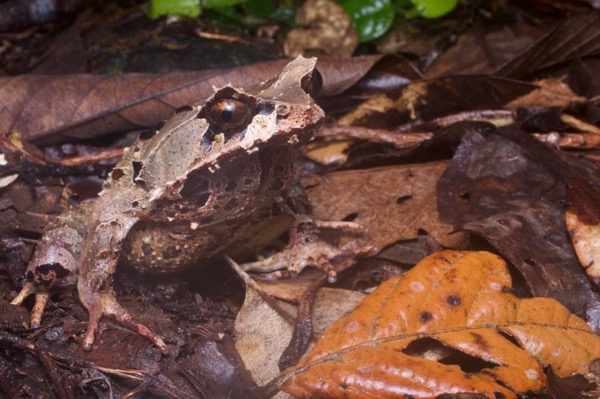
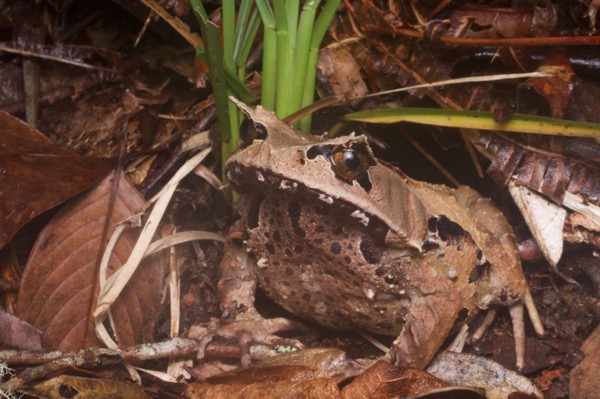
Two species of Leptobrachium share the slopes. They have different elevation preferences, but their altitudinal ranges do overlap a little. And they look identical, so you can only be sure which one you have seen if it is below the low limit of the higher species, or it is above the high limit of the lower species, or you hear it calling. We didn't hear (or at least recognize that we heard) any of them calling, but this one was definitely below the low limit of the higher species, thus making it the low species. Got that?
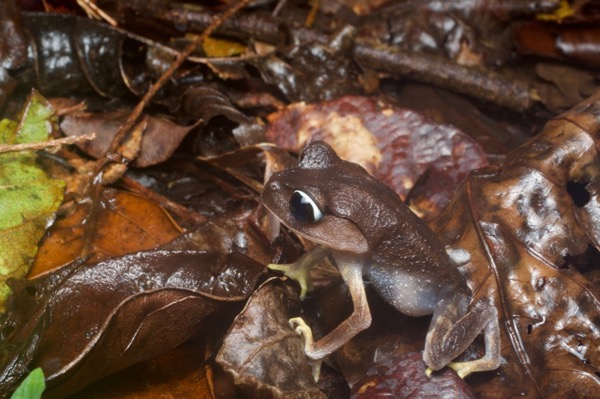
This guy looks basically the same as the Slender Litter Frog from the lowlands, but up here it is a different species.
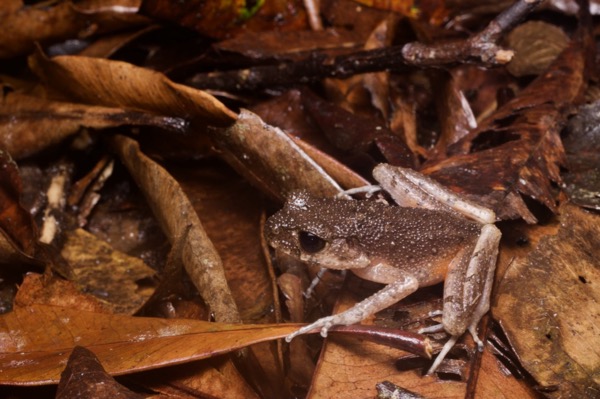
The highlands also have their own species of Torrent Frog.
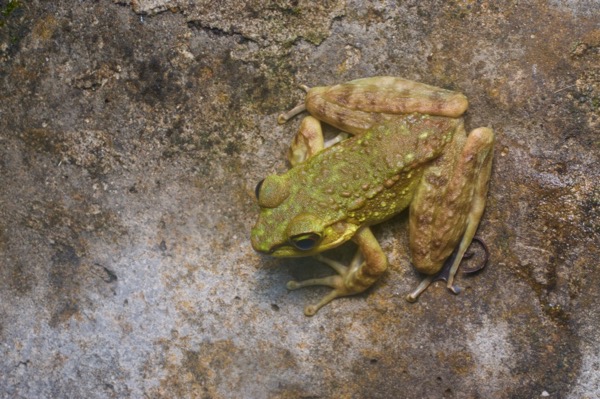
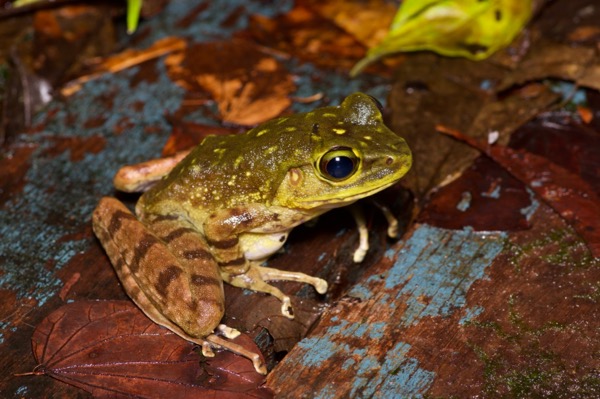
And their own species of Sticky Frog.
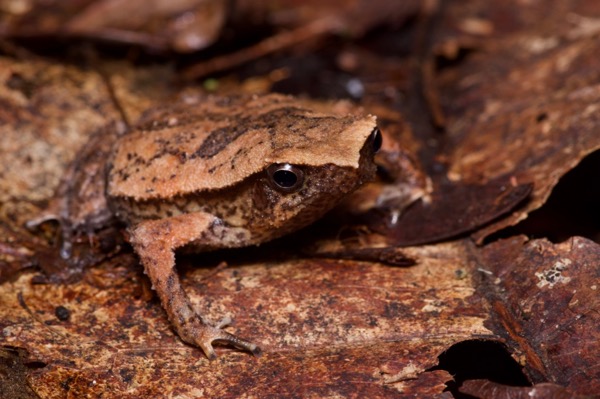
And their own species of Slender Toad.
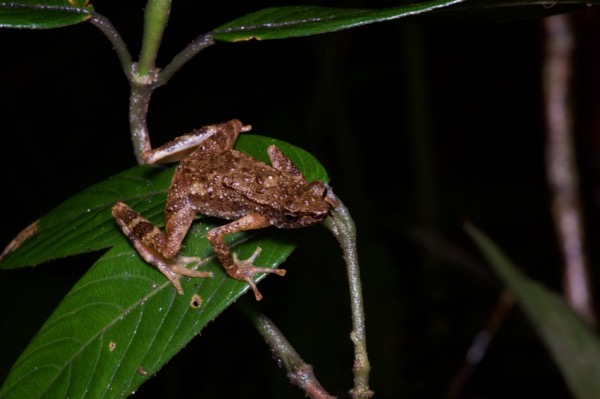
And their own species of Rock Skipper, which ranges from basically green to basically brown.
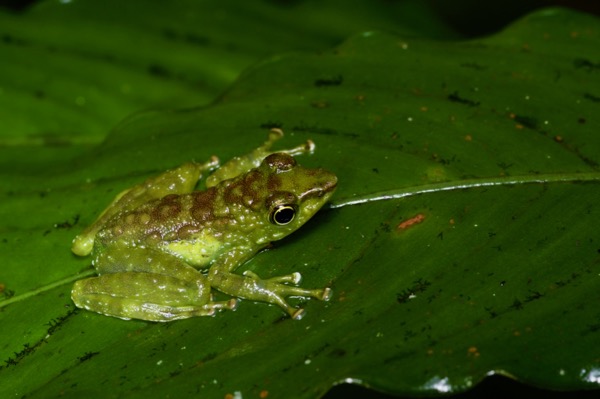
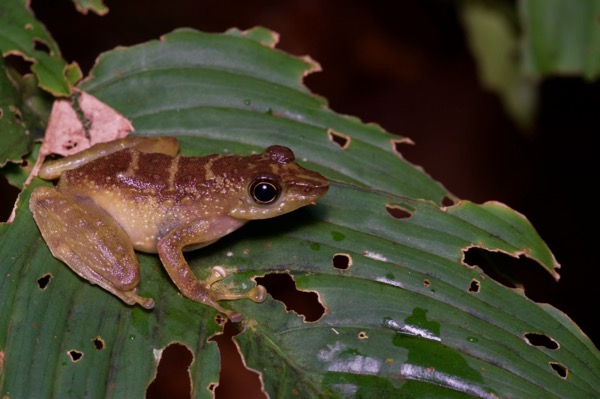
What the highlands do not seem to have is their own species of frogs in the Limnonectes "kuhlii" complex. I'm sure that eventually the highland ones will be reclassified into one or more distinct highland-only species, but for now they are still lumped together with all the other related frogs that nobody has yet taken the time to differentiate.
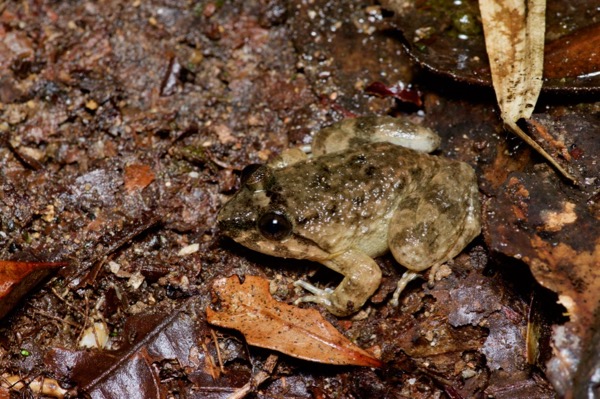
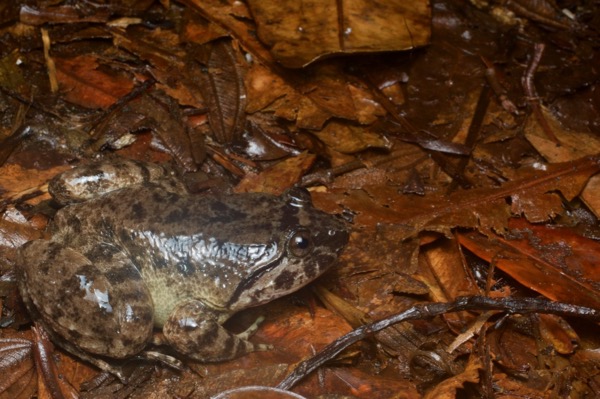
A number of small arboreal frogs festoon the highland foliage.
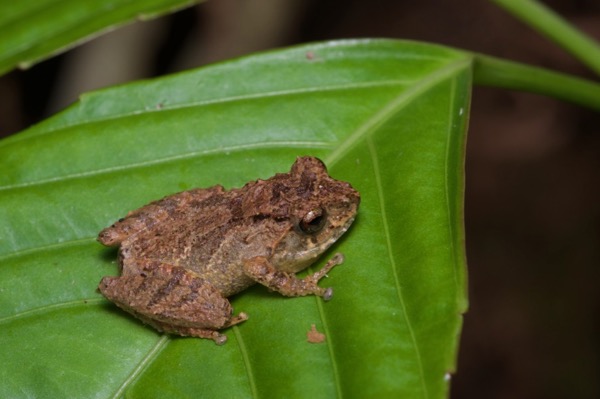
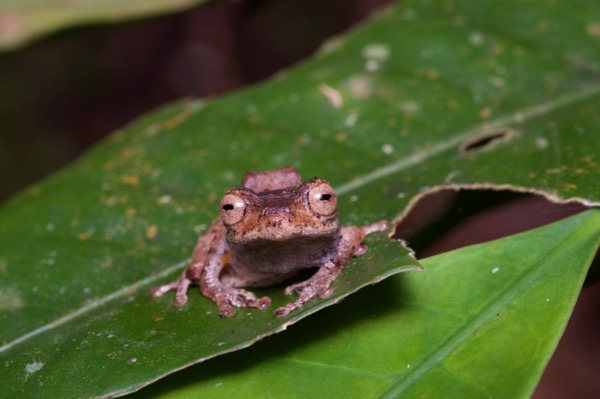
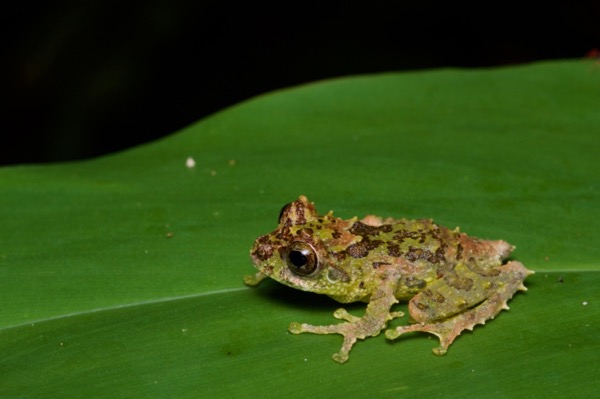
We saw a few of this somewhat larger arboreal species, all in the same slightly-embarrassed posture. I assume it just feels awkward being in the same genus as the magnificent Wallace's Flying Frog.
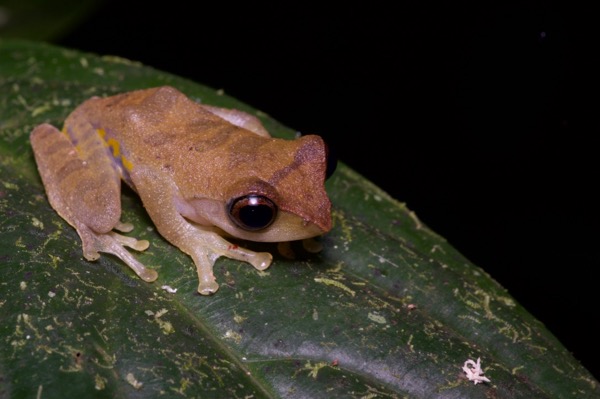
The various widespread human-commensal gecko species don't seem to care if they're at sea level or on the highest mountain in southeast Asia. We saw at least three such species in the highlands.
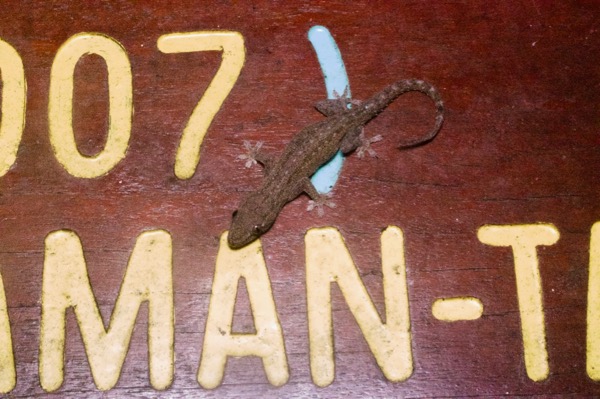
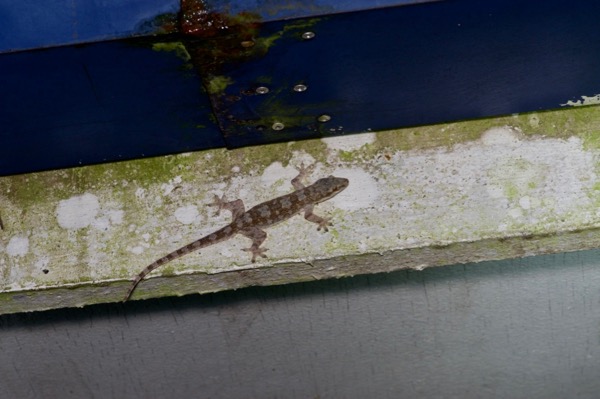
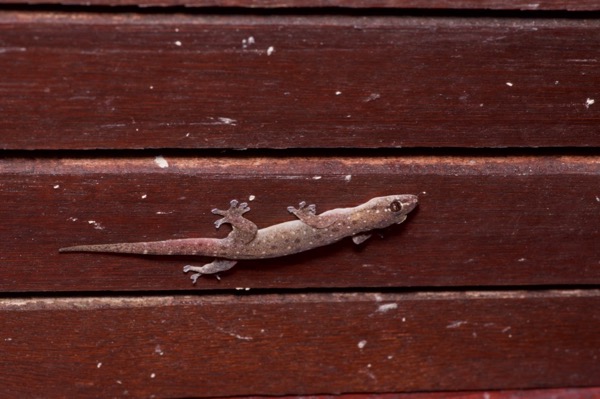
The highlands have two of their own Cyrtodactylus gecko species, a smaller one with more spots on its head, and a larger one with fewer spots on its head. I'm confident that this is the smaller one:
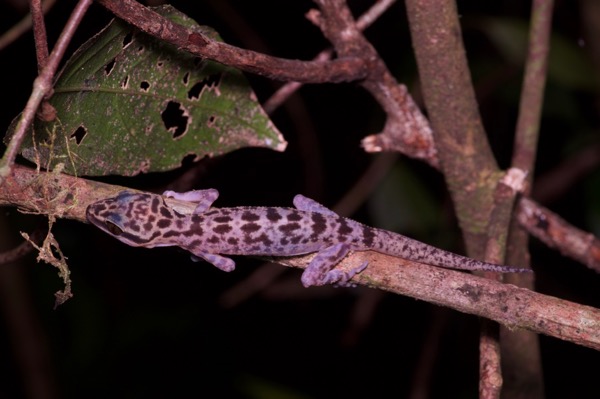
And I'm reasonably confident that this is the larger one:
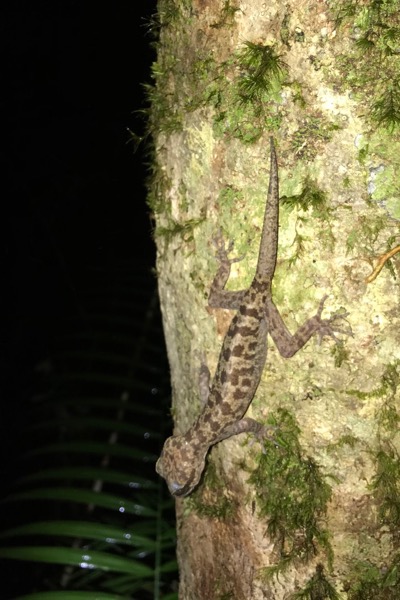
The highlands also have two of their own Shrub Lizards a.k.a. Eyebrow Lizards (I told you not to ask back when I first mentioned this group of lizards, remember?). We saw only a couple of plain green individuals, which must be Phoxophrys cephalum because the competition, Phoxophrys borneensis, is mostly brown.
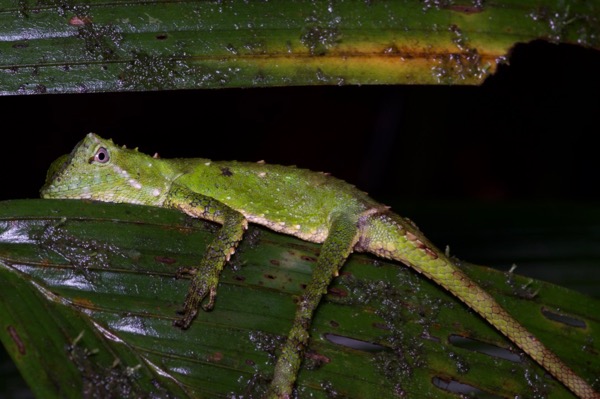
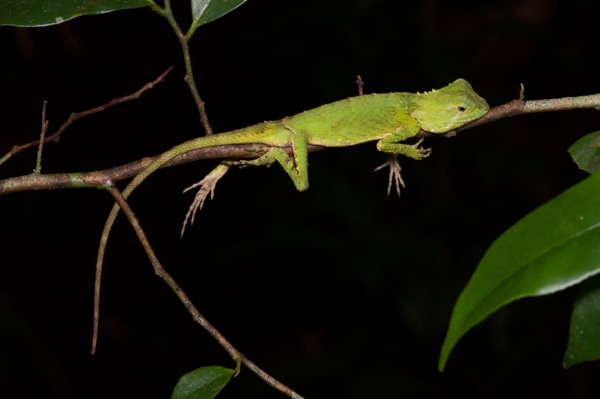
The genus Calamaria contains over 60 species, many of which look very similar. Fortunately, only one of them lives in the highlands and also looks more or less like this:
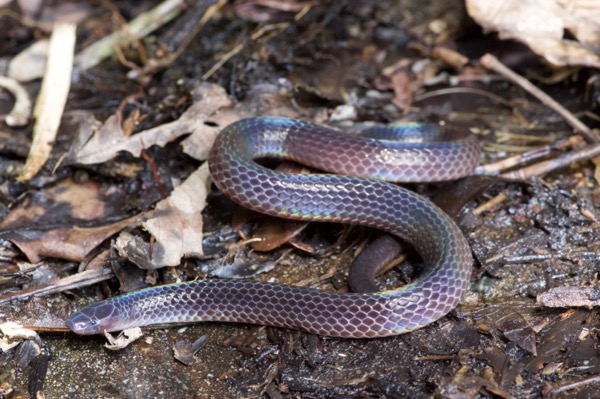
The Sabah highlands even have their very own green arboreal viper, or at least did until a recent taxonomic change that synonymized this species with the common mainland species Trimeresurus fucatus. T. fucatus is now classified T. sabahi fucatus, but at least the Sabah highlands get to keep their very own subspecies.
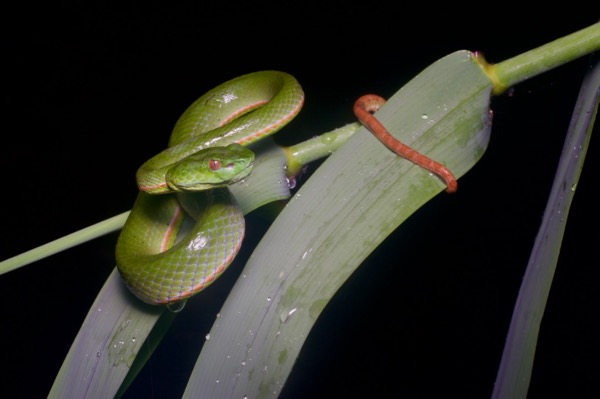
This time I have definitely saved the best for last. The best snake of the highlands, and proud cover snake of A Field Guide to the Snakes of Borneo, is Trimeresurus malcolmi. Kurt managed to find one of these beauties on our first night in the highlands. That was the night that started so cold and wet that I was worried we wouldn't see much. This was the best herp of the entire Borneo trip.
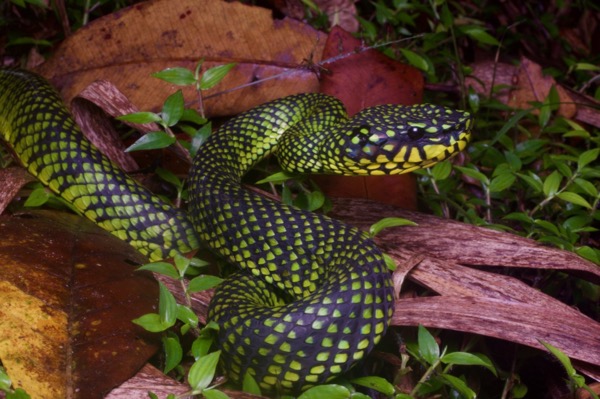
Later that evening, when it was probably less wet but definitely more cold, Kurt found a second one. Two in one night! This second one was definitely angrier than the first one, perhaps because it didn't enjoy being cold.
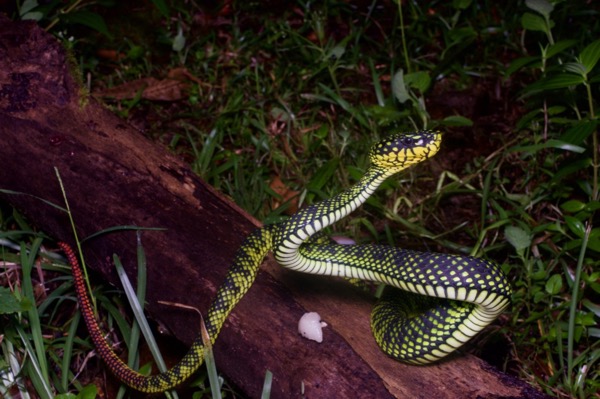
Next: Danum Valley